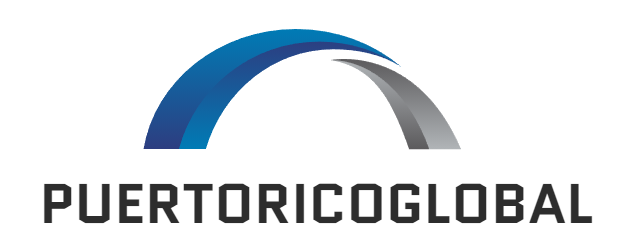In engineering and construction, ensuring safety is paramount. Every aspect, including material selection and fire resistance testing, plays a role in establishing safer and more fire-resistant environments. The structural integrity of buildings heavily relies on the capacity of piping systems to sustain functionality even in extreme conditions, such as fire. Historically, steel has been the preferred material for fire sprinklers, but nowadays, thermoplastic pipes are more commonly used in residential and other low-hazard settings. This article will explain to you what are fire-protective pipes and how they protect buildings.
Fire Protective Pipes
The fire production pipe or Fire sprinkler pipe, commonly employed in fire sprinkler systems, is typically crafted from steel or iron, with a distinctive red or orange coloration. Coated with a corrosion-resistant substance, this pipe is capable of operating within a temperature range of -30℃ to 80℃ (-22℉ to 176℉). The working pressure of the pipe falls within the range of 0.1 to 0.25 Mpa, and it can be interconnected using various methods such as welding, threading, grooving, and flanging. The coating thickness of the pipe typically varies between 250μm to 550μm.
Materials used in Fire Production Pipe
Fire Production pipes are categorized based on the material used for their production. Based on material, the following are the types of fire sprinkler pipes:
Steel Pipes
Steel pipes are commonly used in fire prevention systems due to their strength, durability, and ability to withstand high temperatures and pressure. They play a crucial role in efficiently transporting water or other substances for fire suppression.
CPVC Pipes
CPVC pipes, also known as Chlorinated Polyvinyl Chloride pipes, are known for their fire-resistant properties, making them suitable for fire suppression systems. With a lightweight composition, they offer simplified installation and cost-effectiveness.
Galvanized Iron (GI) Pipes
Galvanized Iron (GI) pipes are used in fire protection systems for their resistance to corrosion and robustness. The zinc coating enhances durability and provides additional protection against rust and corrosion.
Ductile Iron Pipes
Ductile iron pipes, known for their durability and tensile strength, are suitable for fire suppression. They can withstand harsh environmental conditions and maintain functionality over time.
Why black steel pipes are best?
For the following reasons, black steel is highly used as fire production pipes.
- Since the inception of fire protection systems, black steel has remained the traditional frontrunner in the fire sprinkler pipe market due to its robustness, durability, and exceptional heat resistance.
- With a melting point ranging from 2,600°F to 2,800°F (1,427°C to 1,538°C), steel pipe can withstand the intense heat of a burning building while ensuring continuous water flow onto the fire.
- Steel pipe is well-suited for all fire protection systems, offering easy formability, bending, and fabrication, allowing for versatility in size, shape, and configuration.
- Steel offers numerous other advantages. Prolonged exposure to ultraviolet light does not affect its mechanical properties or performance, and it can be painted without adverse effects.
- Its strength and rigidity mean that accidental impacts, stepping on, or dropping steel pipes during installation are unlikely to cause damage, a concern often associated with CPVC.
- Moreover, rigidity is crucial in determining the spacing between hangers during installation, with more flexible materials necessitating additional hangers, thereby increasing installation costs.
In a word:
Tianjin United Steel Pipe Co., Ltd (TUSPIPE) has FM-approved fire production pipes. Contact them at their official website and just fill out a simple form to get in contact with the representatives.


